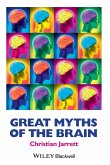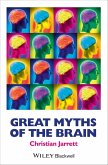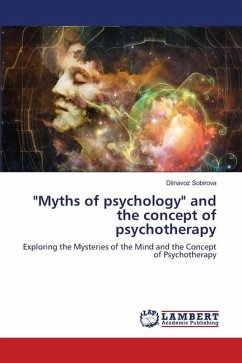An international cooperation of psychoanalysts presents the role of symbolization in the development of the human mind. Based on Freud's theory of the Unconscious and of infantile sexuality we have now a deeper understanding of myths like Oedipus and the Sphinx and the representations of human struggles in art. In this book, this is illustrated from prehistoric paintings until poetry of the 20th century. The Sphinx, half animal, half human, represents the elaborations of sexual fantasies revealing desires and fears. She symbolizes an archaic maternal imago, seductive and threatening, omnipotent and enigmatic. She is a symbol of contradictions like drive and reason or gain and loss of knowledge. Case stories show that patients today feel not "devoured by the Sphinx", but by their work ("burn out"), by annihilation anxiety, narcissistic or borderline disturbances, psychosomatic problems etc. But the "archaic mother never dies".








